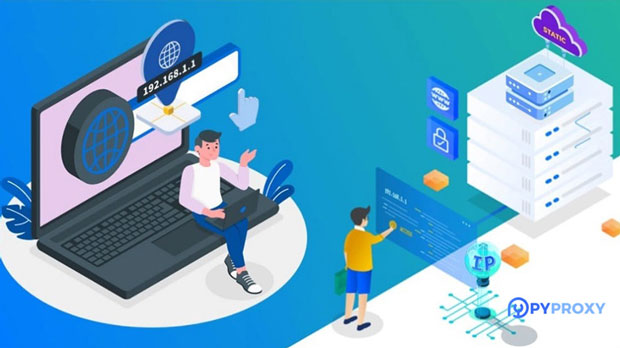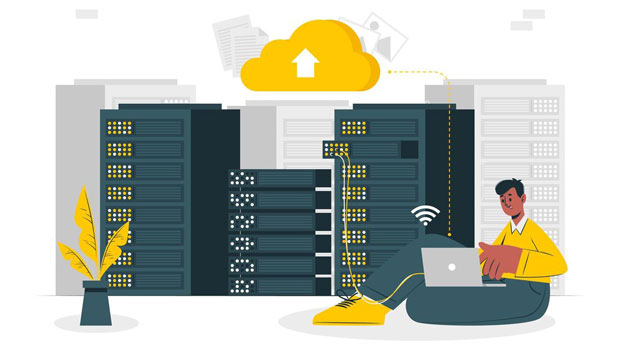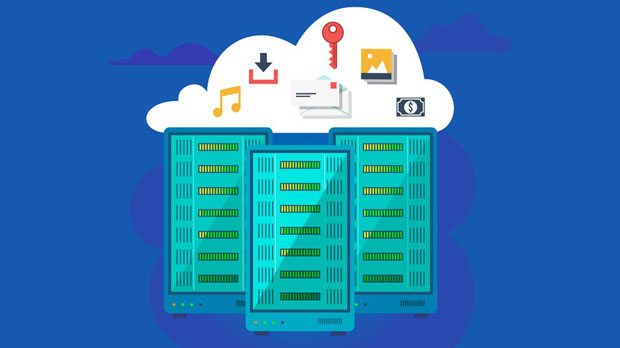In the digital world, proxies play a crucial role in enhancing online privacy, bypassing restrictions, and improving security. One of the popular types of proxies is HTTPS proxy, which allows secure communication between the client and the server. It works over the HTTPS protocol to ensure encryption and privacy. The performance and security of HTTPS proxies depend on the protocol versions they support. This article aims to explore the different protocol versions supported by HTTPS proxies, the impact they have on security and performance, and how these versions contribute to an enhanced user experience. The Importance of Protocol Versions in HTTPS ProxiesAn HTTPS proxy acts as an intermediary between a user’s device and the internet, providing secure communication over the HTTP protocol. The protocol defines how data is transferred between clients and servers. For an HTTPS proxy, the supported protocol versions are critical in determining the encryption strength, connection speed, and compatibility with various websites.Over time, several versions of the HTTP protocol have been developed, each offering different levels of security, speed, and efficiency. The most common protocols used in HTTPS proxies today are HTTP/1.1, HTTP/2, and HTTP/3. Let’s delve into each version and its relevance to HTTPS proxies.HTTP/1.1: The Backbone of Secure Web TrafficHTTP/1.1 was the first widely adopted version of the HTTP protocol, introduced to address the limitations of its predecessor, HTTP/1.0. This version has been around for decades and is still the most commonly supported version by most HTTPS proxies. HTTP/1.1 offers reliable, although somewhat outdated, communication between clients and servers.In HTTPS proxies, HTTP/1.1 offers support for secure communication through encryption via SSL/TLS (Secure Socket Layer/Transport Layer Security). While it is effective at encrypting data, HTTP/1.1 has limitations in terms of speed and efficiency. For example, HTTP/1.1 suffers from head-of-line blocking, where requests are queued and must be processed in sequence, leading to delays and inefficiencies.Despite these limitations, HTTP/1.1 remains a vital part of HTTPS proxies because of its wide compatibility with legacy systems and its secure connection capability. However, as the internet evolves, many proxies are shifting toward newer versions of HTTP for better performance.HTTP/2: Boosting Performance and Reducing LatencyIntroduced as an improvement over HTTP/1.1, HTTP/2 significantly enhances the performance of web traffic by addressing several inefficiencies present in its predecessor. One of the key features of HTTP/2 is multiplexing, which allows multiple requests and responses to be sent over a single connection simultaneously. This eliminates the head-of-line blocking issue that occurs in HTTP/1.1.For HTTPS proxies, HTTP/2 improves the overall speed of communication, reduces latency, and makes data transmission more efficient. Furthermore, HTTP/2 supports server push, which enables the server to send additional resources to the client proactively, improving the load times of web pages.Despite its improvements, HTTP/2 still relies on TCP (Transmission Control Protocol) as the underlying transport layer, which can sometimes be a limitation in terms of efficiency, especially in networks with high latency or packet loss.HTTP/3: The Future of Proxy ServicesThe latest iteration of the HTTP protocol, HTTP/3, represents a major leap forward in terms of performance and security. HTTP/3 is built on QUIC (Quick UDP Internet Connections), a transport protocol developed by Google, which is designed to overcome the limitations of TCP used in HTTP/1.1 and HTTP/2.The key advantage of HTTP/3 is its ability to reduce latency even further. Unlike TCP, QUIC establishes connections more quickly and efficiently handles packet loss. This is particularly beneficial in mobile networks or other environments with unstable connections. Moreover, HTTP/3 has improved encryption capabilities, providing better privacy and security compared to previous versions.For HTTPS proxies, supporting HTTP/3 is an important step toward ensuring fast, secure, and reliable communication for users, especially those accessing content from regions with poor connectivity. The widespread adoption of HTTP/3 is still underway, but it is expected to become the standard for proxy services in the near future.The Role of SSL/TLS in HTTPS ProxiesSSL/TLS protocols are integral to HTTPS proxies, as they provide the encryption layer for secure communication. The protocol version supported by a proxy service determines how secure the connection is. Older SSL/TLS versions, such as SSL 3.0 and TLS 1.0, are considered outdated and vulnerable to attacks like POODLE and BEAST. As a result, modern HTTPS proxies typically support newer, more secure versions such as TLS 1.2 and TLS 1.3.TLS 1.2, introduced in 2008, remains widely used because of its robust encryption algorithms and security features. However, TLS 1.3, released in 2018, offers enhanced security and performance by reducing the number of round trips required to establish a secure connection. TLS 1.3 also eliminates outdated cryptographic algorithms and offers forward secrecy, which ensures that even if the server’s private key is compromised, past communications remain secure.Implications for UsersFor users of HTTPS proxies, understanding which protocol versions are supported can have a significant impact on their browsing experience. If a proxy service supports outdated protocols like HTTP/1.1 or SSL 3.0, users may experience slower speeds, higher latency, and less secure connections.On the other hand, proxies supporting newer versions like HTTP/2 or HTTP/3, coupled with modern TLS encryption, offer improved speed, efficiency, and security. This is especially important for users who require fast and secure access to websites or services, such as those engaging in online banking, e-commerce, or accessing restricted content.Conclusion: Choosing the Right HTTPS ProxyWhen selecting an HTTPS proxy service, it is essential to consider the protocol versions it supports. Older versions may still work for basic browsing needs, but they are not ideal for users seeking optimal performance and security. HTTP/2 and HTTP/3 offer substantial improvements in speed and security, while TLS 1.2 and TLS 1.3 provide robust encryption to protect user data.As the internet continues to evolve, it’s crucial for proxy services to adopt the latest protocols to stay competitive and provide the best possible experience for their users. By understanding the various protocol versions and their implications, users can make more informed decisions about which HTTPS proxy service is right for them.
Jul 25, 2025



































































